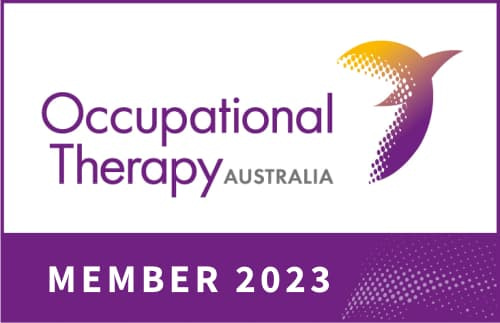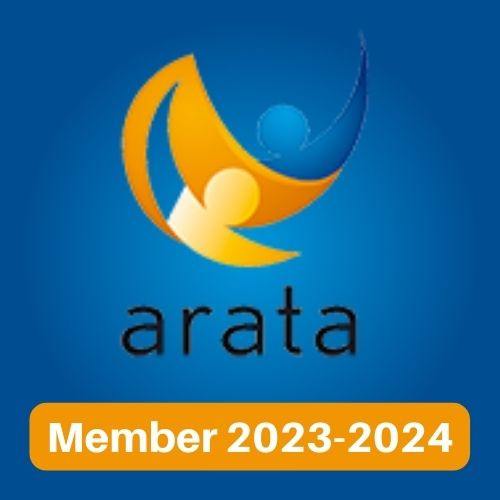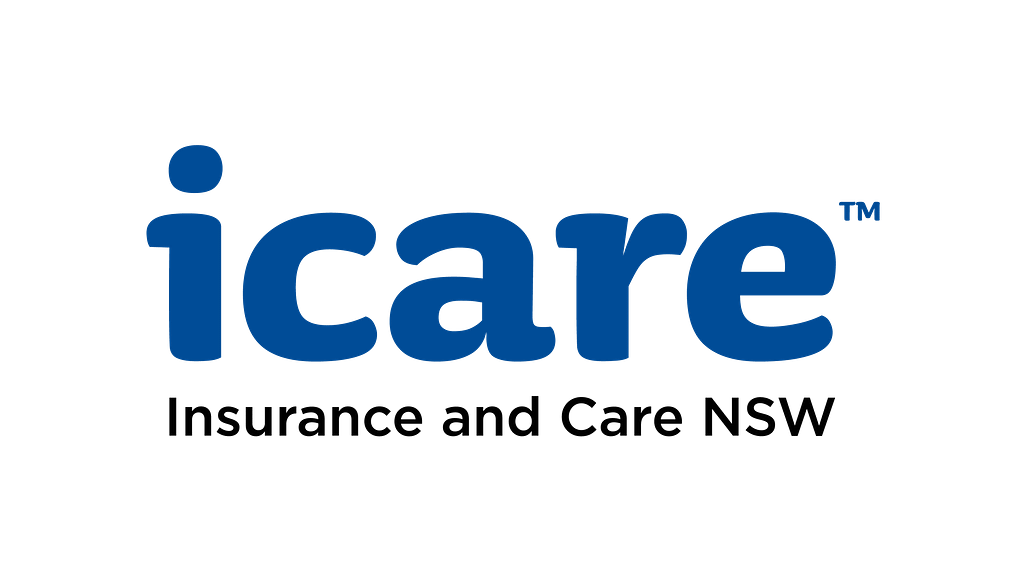Injuries, disabilities, health conditions and getting older can make it difficult to do everyday tasks when you can’t move as well as you used to. When your home isn’t well setup it can make it much harder to get around and live your best life. We help to make it easier for you to be at home.
OR
Most people tell us that changes you get done to your home should not remind you of being in a hospital. Many people also let us know that their house reflects who they are, and you don’t want your major asset to depreciate by having home modifications. We offer you solutions to help you be safe and independent at home, that not only are functional but can also suit your style.
Our Occupational Therapists spend the time to get to know you and your needs, design home modifications to meet your current and long-term needs, and connect you with reliable and quality building services to install the modifications you agree to. After completing a functional assessment to confirm your eligibility for funding support for the modifications, let us take care of the process of applying for funding for either a co-contribution or complete funding of the works. We can help you request funding from services such as NDIS, icare, Home Care Packages and other insurers, and will let you know the types of funding you may be eligible to access.
Ways we have helped people to live in their homes, free to live their life their way
Are you fearful to shower?
It’s likely that you will need an accessible bathroom to stay safe and independent living at home.
If you are eligible for funding assistance, we can help you to get an accessible bathroom according to AS1428.1. Be aware- this is a process that can take 1-2 years.
The steps usually involved include assessment, reporting, design, requesting funding and finally installation. See our blog for more details.
In the meantime we will offer you low-cost, short-term solutions first, to keep you as safe until the new bathroom is installed. Learn when a home mod is not a good idea.
Steps are a common place that people trip and fall, going up or down. There are many ways to modify existing steps, such as with handrails, or redesigning steps so that walking frames can be used on them. If you can no longer manage steps, then a ramp is usually required.
Following the AS1428.1 at a minimum is critical for long-term success for ramps, as people’s conditions change over time. 1:14 gradient means that for every 1m height there will need to be 14m length of ramp plus landings.
We will help you to design the step modifications or ramps so that you can get in and out of your home as easily and safely as possible.
Getting on and off a toilet gets harder for many people, especially if someone is becoming less mobile. We can use equipment (removable) or install grab rails to help you to get on and off.
Are you finding it hard to wipe down below? Then maybe it’s time to consider an on-seat Japanese style bidet to clean yourself after toileting.
We talk about toilets a lot with our clients as its critical to help people live at home with dignity. We can offer many options to keep you independent going to the toilet, so don’t hesitate to ask us questions about this private subject.
There are some occasions when people can’t access what they need to in their bedroom. For example – are you in a wheelchair and struggling to reach your clothes in your cupboard? Are you dependent on other people to open and shut the blinds and windows?
Is there anything that might help you to be more independent?
For example – drop down cupboard inserts might help.
Let’s chat about options that could work for you!
Funding for kitchen modifications can be limited and must always start by considering low-cost additions before requesting more extensive work. This process starts with rearranging how you use your kitchen to optimise how you use it. Commonly used items should be located between hip and shoulder height so that you don’t have to bend down or reach up too high.
Corner cupboard solutions, height adjustable shelving, and height adjustable bench tops are some ideas that will be discussed with you to maximise your safety in your kitchen.
Other minor home modifications will focus on reducing hazards and offering safety solutions. Common modifications include:
Our goal is to keep you living at home as safely and independently as possible, and we’re happy to work with you to design a solution that will work for you.
Fill in the form below and our team will reach out to you within 1 business day.
"*" indicates required fields






Phone: (02) 4081 0817
Address: 262 Main Road Cardiff, NSW 2285
ABN 74 625 158 983 | AHPRA Registration: OCC0001714241
Fill out the form below and one of our team will call you back within 24 hours.
"*" indicates required fields
Enter your details to express interest in our AT Framework course for 2024.
"*" indicates required fields
Enter your details to express interest in our Community Fundamentals courses for 2024.
"*" indicates required fields